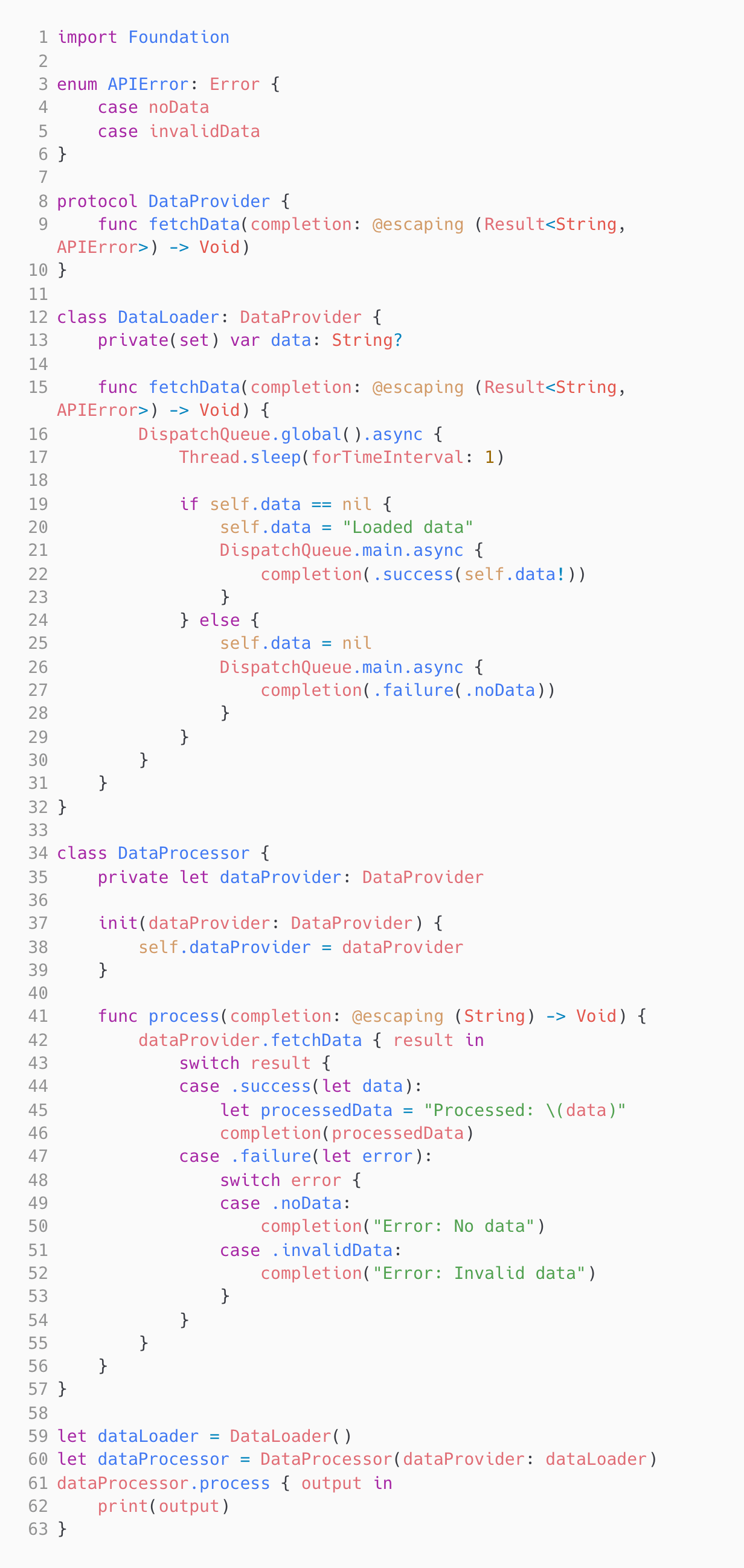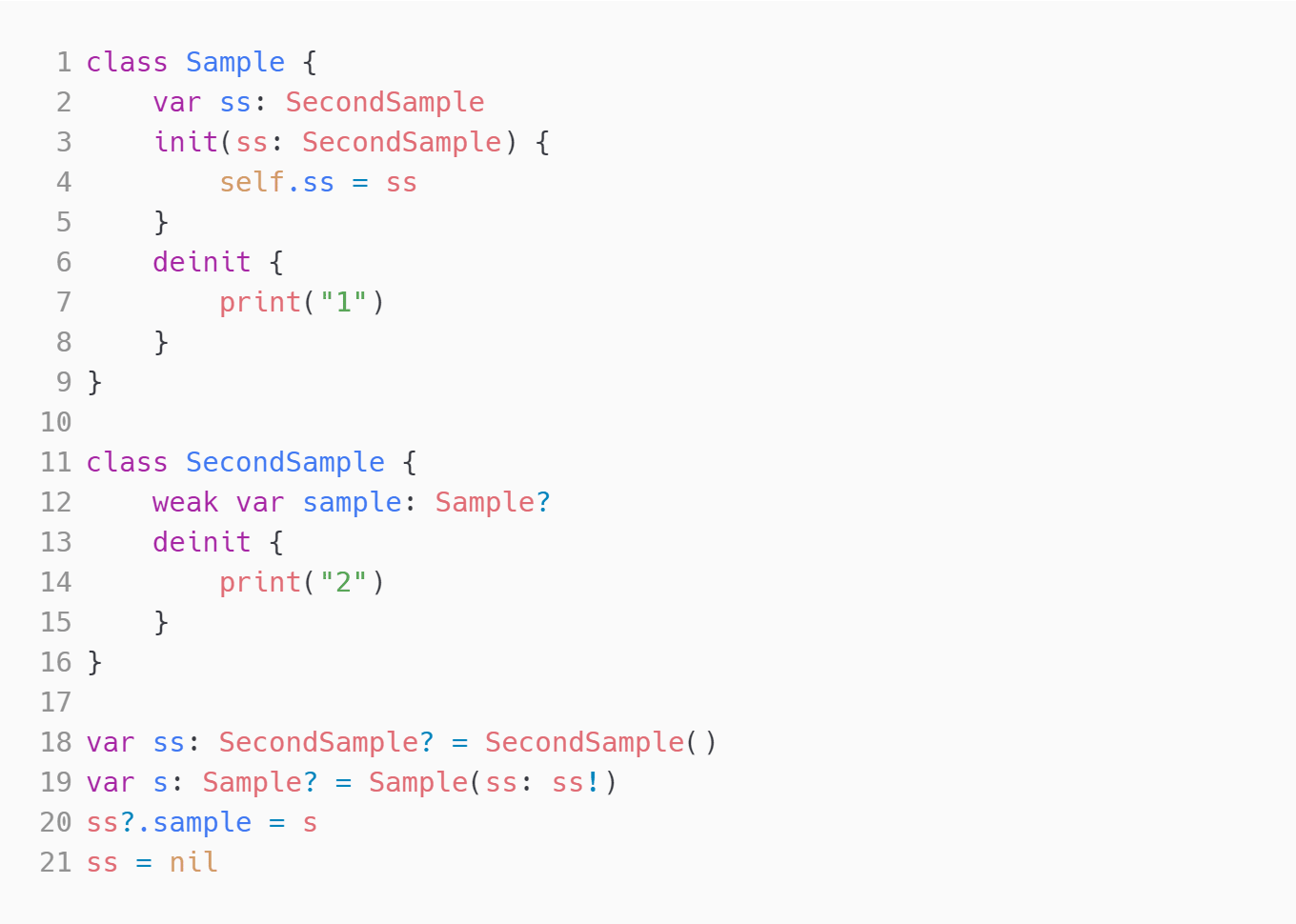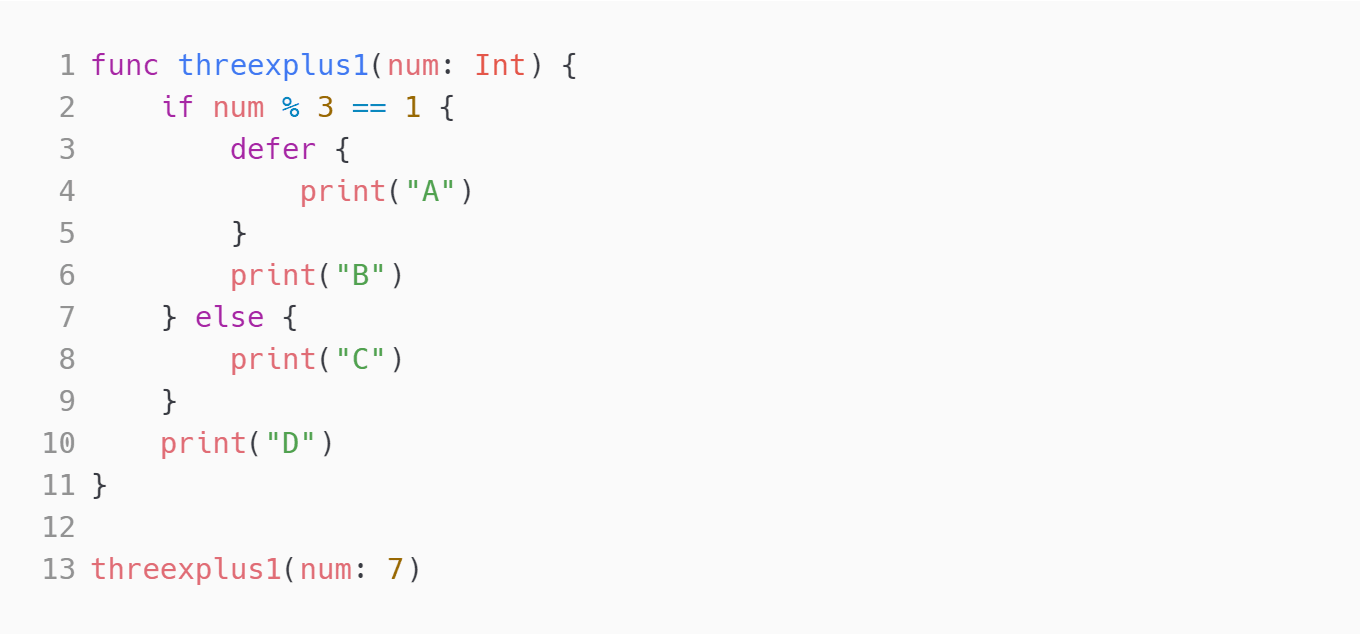Data Structures: Data structures are organizational formats to manage and store data efficiently. They enable swift access and modification of data and are fundamental to building optimized algorithms. In this test, we assess the candidate's ability to choose and implement the correct data structures for different scenarios.
Sorting Algorithms: Sorting algorithms are methods for arranging data in a particular order. Understanding these algorithms is crucial for tasks that require data to be organized for efficient searching and analysis. Evaluating knowledge in sorting algorithms helps determine a candidate's ability to optimize performance in data-heavy applications.
Searching Algorithms: These algorithms are designed to retrieve information stored within data structures. Mastery of searching algorithms ensures that one can quickly locate and extract required data, enhancing the application's responsiveness. Effective searching techniques also contribute towards better user experiences in software applications.
Dynamic Programming: Dynamic programming is a method used to solve problems by breaking them down into simpler subproblems. This technique is essential for optimizing recursive algorithms and is vital for solving complex computational challenges. Proficiency in dynamic programming can significantly improve the efficiency of code and problem-solving capabilities.
Recursion: Recursion involves functions calling themselves to solve smaller instances of the same problem. This technique is pivotal in simplifying and solving problems that can be recursively broken down. Candidates who can effectively use recursion demonstrate a strong grasp of deeper algorithmic thinking.
Time Complexity Analysis: Time complexity analysis assesses the computational efficiency of algorithms. It is critical for predicting performance and ensuring that solutions can scale with larger data inputs. A solid understanding of time complexity helps developers write optimized and efficient code.
Graph Algorithms: Graph algorithms deal with problems related to graph structures, including traversal, shortest path, and connectivity. These algorithms are essential in solving real-world problems like network routing and social network analysis. Proficiency in graph algorithms showcases the ability to handle complex, interconnected data.
String Manipulation: String manipulation involves operations on sequences of characters such as searching, editing, and parsing. Since strings are ubiquitous in software applications, effective manipulation skills are fundamental. This skill is critical for tasks ranging from data validation to complex text analysis.
Tree Traversal: Tree traversal algorithms are methods for visiting all the nodes in a tree data structure. Understanding tree traversal is essential for manipulating hierarchical data efficiently. This skill is particularly relevant for tasks like parsing expressions and managing sorted data.
Hashing Techniques: Hashing involves mapping data to fixed-size values for fast access and retrieval. This technique is crucial for implementing efficient data retrieval mechanisms like hash tables. Candidates skilled in hashing can design systems that optimize data storage and retrieval.
Memory Management in Swift: Memory management in Swift pertains to the principles and practices of allocating and freeing memory to avoid leaks and optimize performance. Good memory management is vital for maintaining application performance and reliability, particularly in resource-constrained environments.
Protocol-Oriented Programming: Protocol-oriented programming in Swift is a design paradigm that leverages protocols to achieve flexibility and reusability in code. This skill is important for writing scalable, maintainable, and testable applications, adhering to Swift’s modern programming practices.

























































